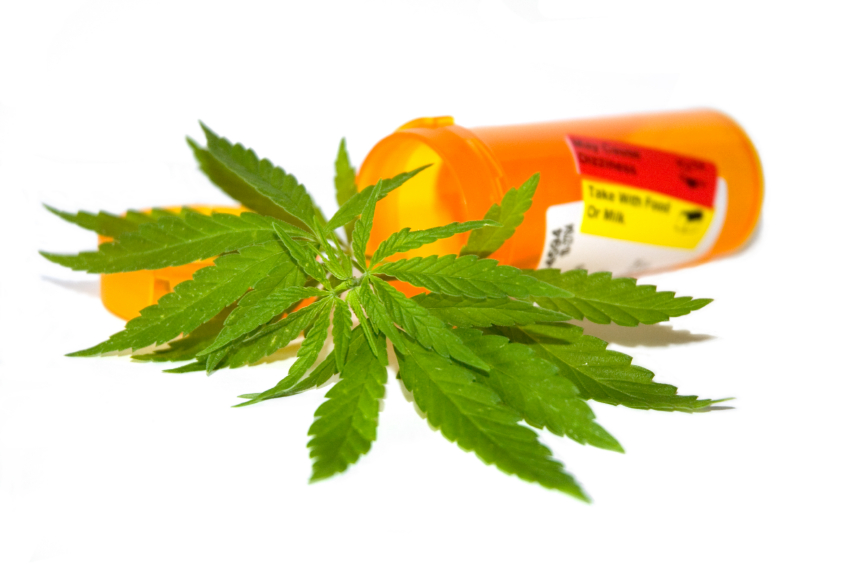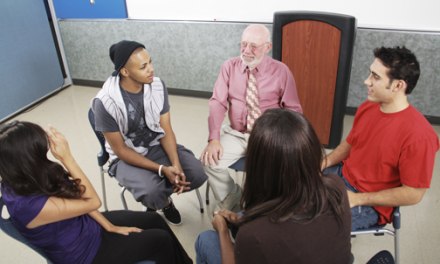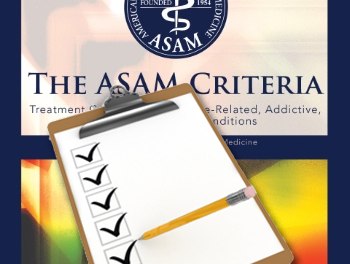I heard from the director of an outpatient program about the many difficulties they encountered related to their policy on medical marijuana. Recreational use isn’t legal in that state, so they decided to treat clients who were also on medical marijuana much as they would others who had been prescribed prohibited drugs: an opioid for cancer pain, a benzo for a seizure disorder, etc. They simply asked for a letter of authorization from the prescriber, which stated the reason. That would provide justification when cannabis showed up on a drug test.
Made sense to me, but they’d hit a snag: the main source for a medical cannabis card in their area proved strangely difficult to contact. “Turns out he doesn’t even have an office,” the director remarked. “It’s a phone number where you can leave a message. Which I did. Several times. No response.”
That makes things difficult. Also, from a counselor in another area: a longtime heroin user arrives in treatment with a medical cannabis card that he claimed was to help treat his PTSD. The counselor checked the approved list and there it was among the qualifying conditions. A surprise because the counselor had read research that seemed to suggest cannabis could actually worsen PTSD symptoms. “What’s going on?” he wanted to know. Don’t ask me. Politics, perhaps.
Anyway, the counselor’s complaint was about the client showing up stoned at sessions. “He thinks I can’t tell? And if I can, so can the rest of the people in group. What kind of message are we sending?”
Turned out the client was paid to steer new patients over to his cannabis provider.
After a while she called the pot provider to complain. And was told, in no uncertain terms, that cannabis was effective as a treatment for opioid addiction. “You’ll see improvement all around,” he predicted.
The client’s still turning up positive for other drugs, she told him. But by then the prescriber had already hung up.
I wondered if some of this could be traced to the DSM5 categorization of SUDs in terms of primary drug. That seems to have led to some confusion.
“Half my clients have no true ‘primary’ drug,” objected one clinician. “They trade off. The one thing they don’t do is stop for any length of time. They’re always using something.” True enough. Besides, they’ve been smoking pot since they were kids. Never stopped them from going on to the rest. So how would more pot help at this late point?
Programs puzzle over how to manage these issues in much the way a family struggles to deal with an addicted family member. Not all programs arrive at the same solution, and not every solution, no matter how clearly based in evidence, will ‘work’ for every program. I’ve learned to analyze the client population first, then provide options instead of a fixed remedy.
That’s because all too often, when a consultant provides a recipe for success, things don’t work out as intended. Even the soundest advice is vulnerable to misinterpretation the moment someone tries to put it into practice.
Then when you’re called back for a second round, the first thing you hear is “oh, we did that and it didn’t work.” Thus adding yet another obstacle to the challenge.
Better to let the program decide for themselves what exact form a solution will take. Hammer it out over time, learn as they go, make adjustments.
Ultimate success may depend on it. Besides, they could wind up discovering something that benefits the rest of us.












